There are many things to consider when building your own PE PP film washing line. Such as choosing the right agricultural film washing line equipment, determining the most appropriate plastic shredder, washing tank, and plastic granulator, and developing a floor plan. Don’t worry, this 4-step guide will help you navigate the entire process and determine exactly what you need.
Determine the type of plastic film
Some common types of plastic film include high-density polyethylene HDPE, polyethylene PE, polypropylene PP, and polyethylene terephthalate PET. No matter what type of film, packaging material, bags, or agricultural mulch you’re disposing of, it’s important to determine how dirty the plastic film is and how you want to dispose of it.
Depending on the customer’s requirements, Shuliy’s team of experts provides each customer with the flexibility to customize a PE PP film washing line. Additionally, due to the wide variety of materials recycled, Shuliy often accommodates customers’ unique screw design requirements and plastic washing pelletizing line. Additionally, plant size becomes a consideration for many customers.
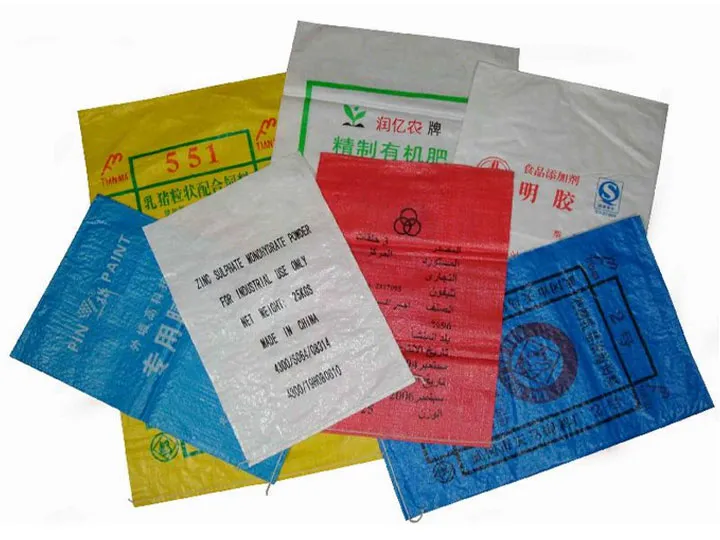
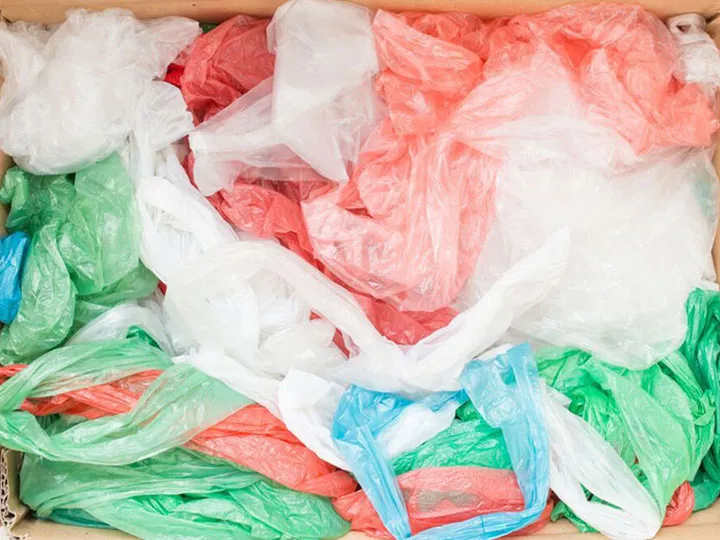
Choosing right equipment for PE PP film washing line
Some of the key equipment you’ll need for your plastic film recycling line are plastic shredders, plastic pelletizers, and plastic cutters. You may also need additional equipment such as rinsing tanks, storage bins, conveyor belts, and more. Good quality machines can save a lot of labor and materials.
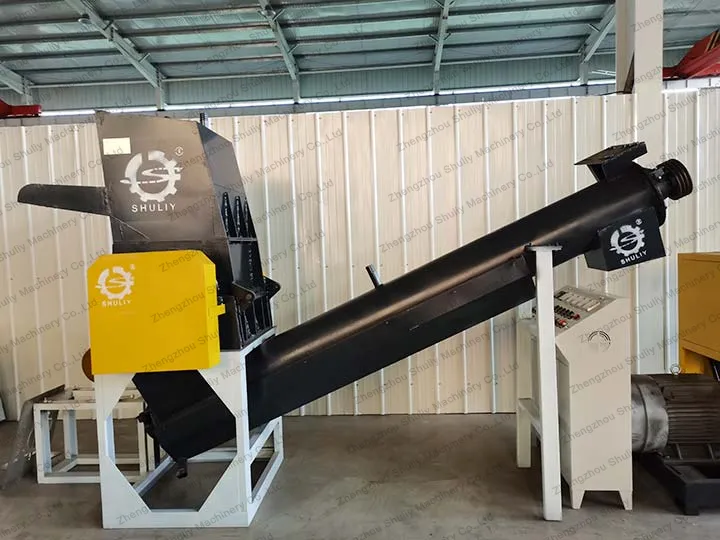
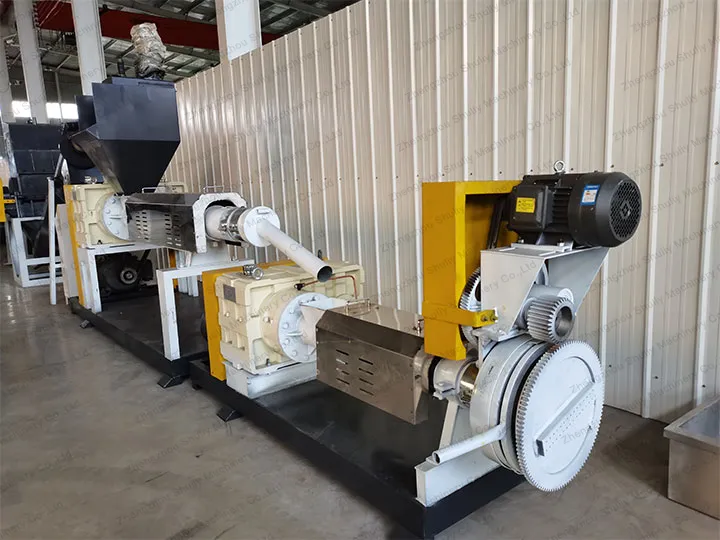
When selecting equipment for your agricultural film washing line and plant, it is important to consider whether you can purchase all the necessary equipment from the same supplier. There are several advantages to purchasing all equipment from the same supplier:
- Simplicity: You can streamline the purchasing process. This is because you only have to deal with one supplier instead of multiple suppliers. This saves time and effort, allowing you to focus on other aspects of your business.
- Compatibility: Ensuring that components are compatible with each other improves the overall efficiency of your PE PP film washing line.
- Service and support: A single supplier can offer a more comprehensive service and support package because they are familiar with all the equipment in the plastic washing pelletizing line. This is particularly useful if you have any problems or need technical support.
- Cost savings: Save money because you can negotiate volume discounts or other favorable terms.
Determining the layout of plastic washing pelletizing line
Carefully consider the size and shape of your PE PP film washing line facility, as well as the flow of material through the agricultural film washing line. The layout of your plastic washing pelletizing line is an important factor as it will affect the flow of material through the plastic and the efficiency of the process. A well-designed PE PP film washing line layout will minimize the distance material needs to travel, which will help reduce energy consumption and increase overall efficiency.
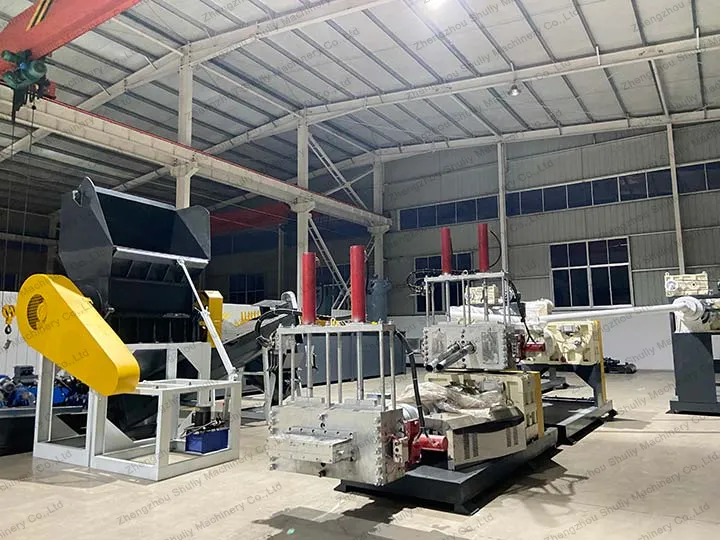
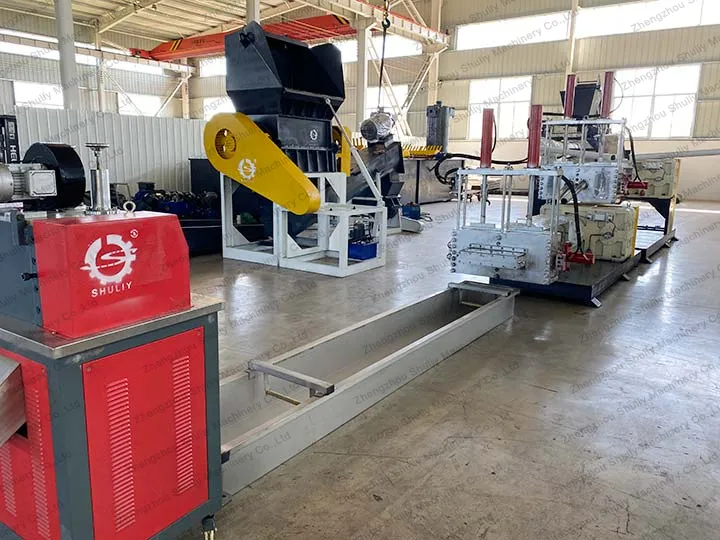
Testing and optimizing PE PP film washing line
To optimize an agricultural film washing line, start with small production runs and make the necessary adjustments and fine-tuning of the process. It is also important to monitor and record key performance indicators, conduct experiments to test different variables, use simulation software, and consult with equipment manufacturers. Through these steps, you can identify areas for improvement and make changes to the process as needed to ensure that the line runs efficiently and produces high-quality plastic pellets.
Building your own PE PP film washing line or plant can seem like a lot of work. However, once you have an effective and high-quality system in place, you should see a continuous improvement in the quality of your washed film. This enables you to increase production and generate greater profits.
Not an engineer or plastics expert? Don’t worry, you can get a free consultancy from Shuliy. Don’t hesitate to contact us today!